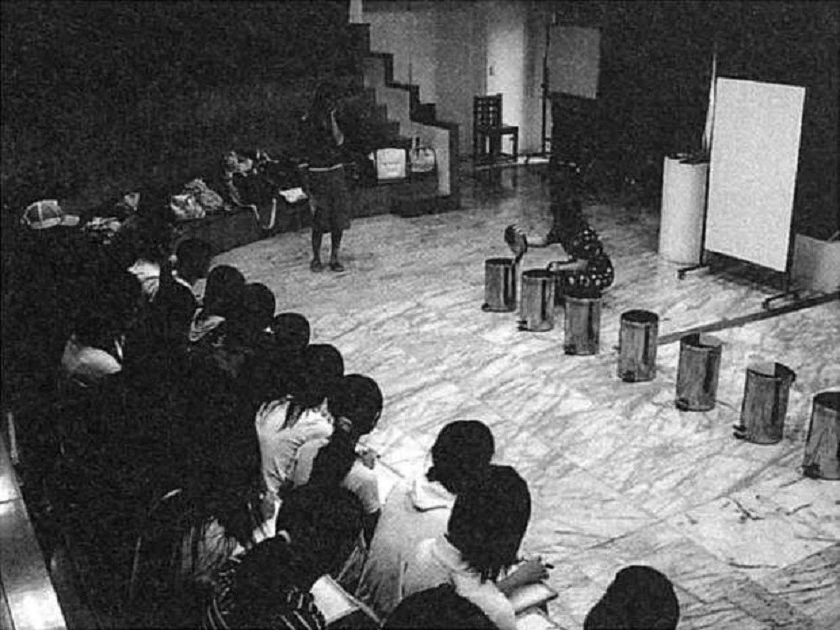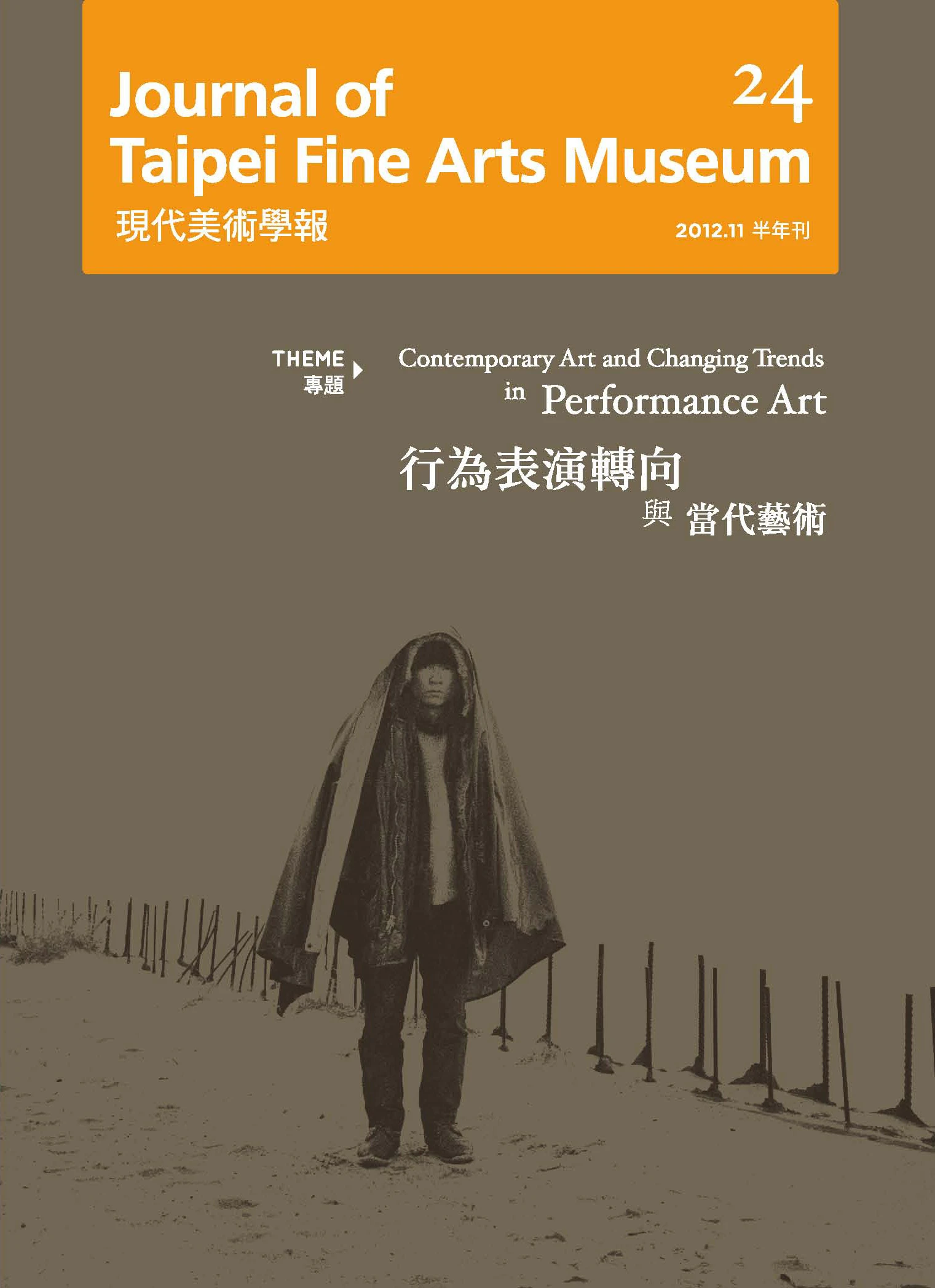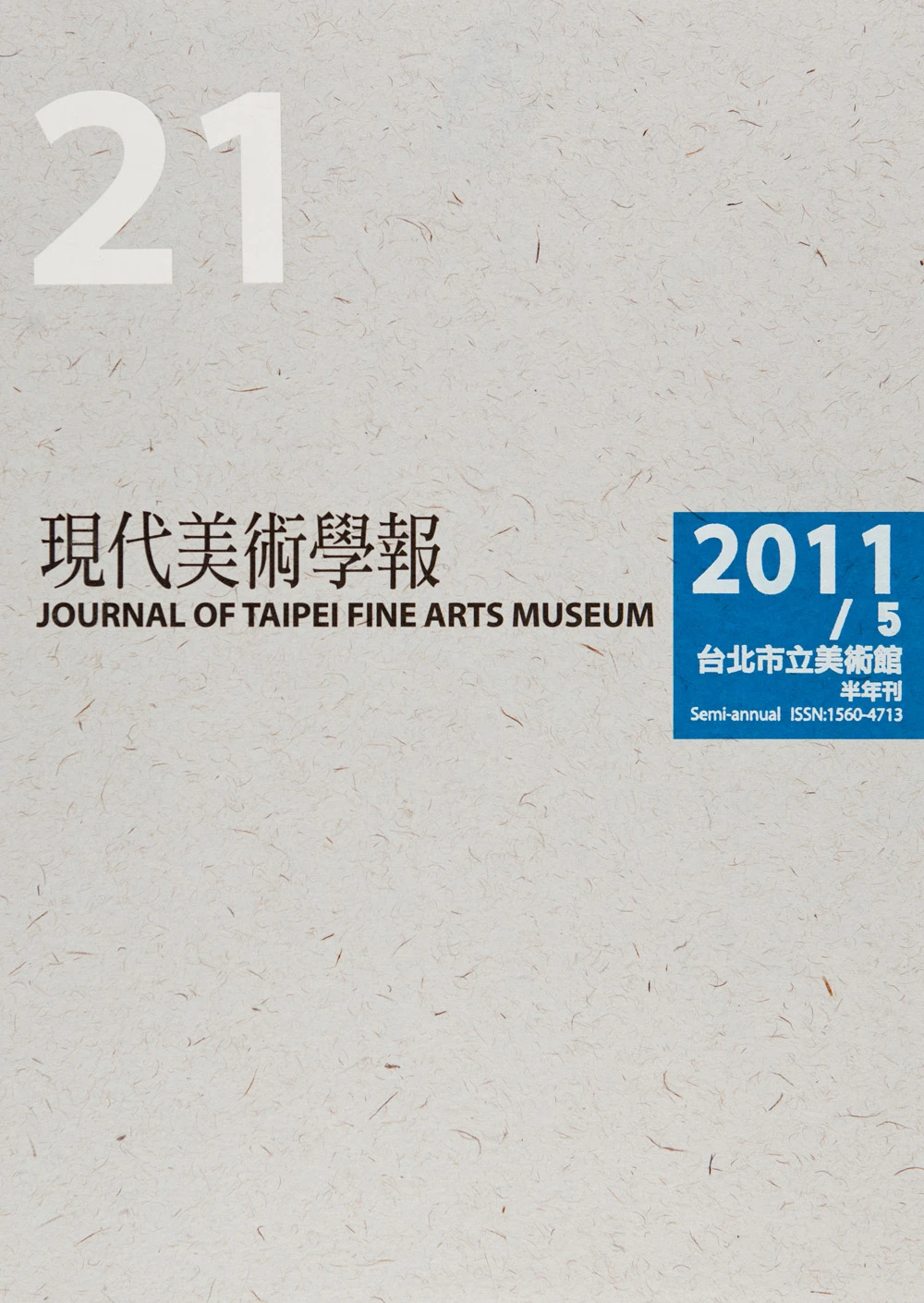摘要
1980年代以降,藝術創作開始大量融入媒體科技,並發展出一種獨特的類型。在眾多前衛且具實驗性的創作中,「替身」、「偶」與「機器人」的元素便不斷地出現在表演藝術的場域之中。有鑒於此發展趨勢中顯著的特質,本研究以張徐展的「紙人展」系列、在地實驗的「梨園新意・機械操偶計畫—《蕭賀文》實驗表演」,以及黃翊的《黃翊與庫卡》三件系列作品中的「紙紮偶」、「機械偶」與「機器手臂」為例,檢視當代數位藝術中的「異體」與「機器/人」的文化顯意。在本文分析的三件系列作品中可見,偶的物質性身體及其主體性因科技得以被延伸、被挑戰、被重新認識;最終,人類與機器之間無可避免地存在著融合(convergence)的關係。
關鍵詞
偶、異體、機器/人、「紙人展」系列、梨園新意・機械操偶計畫—《蕭賀文》實驗表演、黃翊與庫卡
Abstract
Since the 1980s, performing arts have systematically harnessed the power of media technologies and thereby evolved a sui generis genre. The consequence has become apparent in the continual appearance of several elements such as "stand-in," "puppet" and "robot" in a multitude of performances as avant-garde as experimental. In light of the salient feature of this trend, this paper seeks to examine the cultural implications
of "variant" and "machine/human" in contemporary digital performances by dint of three case studies, including the "paper puppet" in Hsin Hsin Joss Paper Store Series by Zhang Xu Zhan, the "mechanical puppet" in New Vision Liyuan – Automated Marionette Project: Hsiao Ho-Wen by Et@t, and the "robotic arm" in Huang Yi & KUKA by Huang Yi. The findings of these three case studies revealed that these puppets' respective material bodies and subjectivities were extended, challenged and rediscovered thanks to technologies, prompting us to see the ultimate convergence of humanity and machine as inevitable.
Keywords
Keywords: Puppet, variant, machine/human, Hsin Hsin Joss Paper Store Series, New Vision Liyuan – Automated Mar






